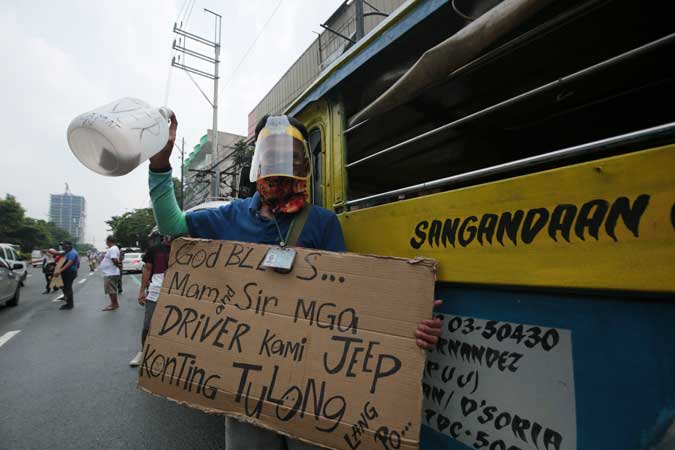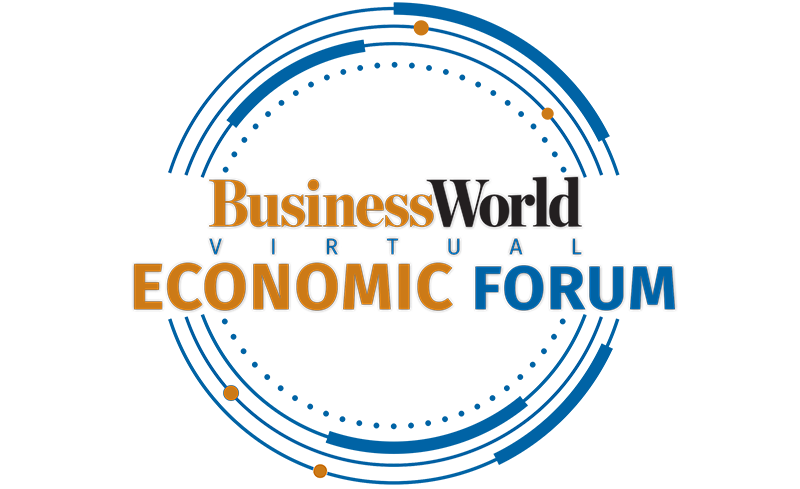
By Beatrice M. Laforga, Reporter
THE COUNTRY’S unemployment rate will likely remain at around 9-10%, roughly double its pre-pandemic level, until mid-2021, Asian Development Bank (ADB) Country Director for the Philippines Kelly Bird said.
Speaking at the BusinessWorld Virtual Economic Forum on Thursday, Mr. Bird said unemployment will remain high as scars from the coronavirus pandemic are expected to reduce the potential productive capacity of the economy in the medium term.
The unemployment rate stood at 5.1% at the end of 2019, but the strict lockdown imposed in mid-March caused joblessness to spike to a multi-year high of 17.7% in April.
 The unemployment rate eased to 10% in July as the economy gradually reopened. The government’s economic managers project this to settle between 11% and 13% by year’s end.
The unemployment rate eased to 10% in July as the economy gradually reopened. The government’s economic managers project this to settle between 11% and 13% by year’s end.
Mr. Bird said increasing investments on skills development, apprenticeship, and workplace improvement can help workers keep their current jobs and new graduates find jobs as the economy recovers.
The ADB projected the country’s gross domestic product (GDP) will shrink by 7.3% this year.
“While we project a strong rebound of 6.5% growth in 2021, we still don’t expect the Philippine economy to reach its pre-COVID, inflation-adjusted GDP until 2022 and its per capita GDP by 2023. This recovery path is not unique to the Philippines; many other countries are likely to experience this path as well,” Mr. Bird said.
The ADB official noted the “worst is over” for the Philippine economy, citing signs of recovery in various economic data for September. For instance, goods exports grew by 2.2% in September after six months of decline, while the annual drop in imports easing to 16.5% that a month from 21.3% contraction in August. Remittances sent by overseas Filipinos rose by 9.3% year on year in September, while expansion in manufacturing was seen in the same month.
“This is very good news, but this recovery is going to be fragile and slow as the pandemic affects consumer and business confidence the most. The economic recovery will surely depend on the Philippines’ continued response to dealing with the virus over the next 12 months and the pace of opening up the economy safely,” he said.
In the same forum, Ndiamé Diop, World Bank country director for Brunei, Malaysia, the Philippines and Thailand, stressed the need for a coordinated response to the crisis, particularly on public health, fiscal and monetary policies, and structural reforms.
“By implementing agile fiscal, accommodative monetary policy and advancing structural reforms, the Philippines is really poised to really recover relatively well in the next two years to come,” he said.
Mr. Diop said the country entered the crisis with a 39.6% debt-to-GDP ratio as of end-2019, one of the lowest in the region and the world. This is projected to reach 53.9% by yearend as the government borrowed more amid the crisis.
“Such a strong fiscal position avails the Philippines the fiscal room to ramp up growth, fight the virus and save lives, without threatening fiscal sustainability,” Mr. Diop said.
ADB’s Mr. Bird said the government’s fiscal response was “appropriate” after focusing on direct income transfers through wage subsidies and emergency grants to poor families.
Coupled with a low interest rate environment to encourage lending, he said these measures have been proven to be the most effective response to help struggling companies, save jobs and stimulate spending.
Mr. Diop said a balanced fiscal strategy involves providing immediate support to households and the vulnerable sector in the short term, and making investments to boost economic growth, such as in infrastructure projects.
Messrs. Bird and Diop highlighted the importance of massive infrastructure spending because of its high multiplier effects, ability to create direct and indirect jobs, and support long-term growth.
After the pandemic, Mr. Diop said the Philippines, like Indonesia, can benefit from a favorable demographic dividend if key reforms on the supply side of the economy will be implemented, such as closing the infrastructure gap, investing in education and skills, and continuing structural reforms to improve business environment.
“What demographic dividend does, especially in countries where poverty is falling, is it energizes the demand side of the economy but if the demand side of the economy is moving, what we need is to reform the supply side to post a high growth,” Mr. Diop said.
“The Philippines will remain well-placed to bounce back but it will not be over for the Philippines, nor any other country in the world until it is over for the rest of the world,” he added.

